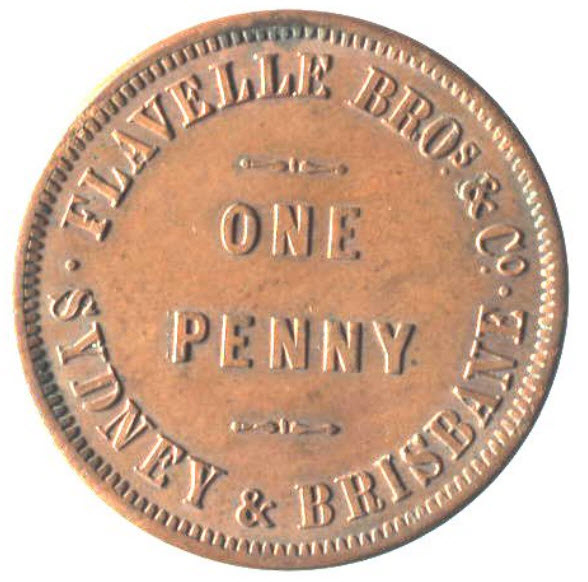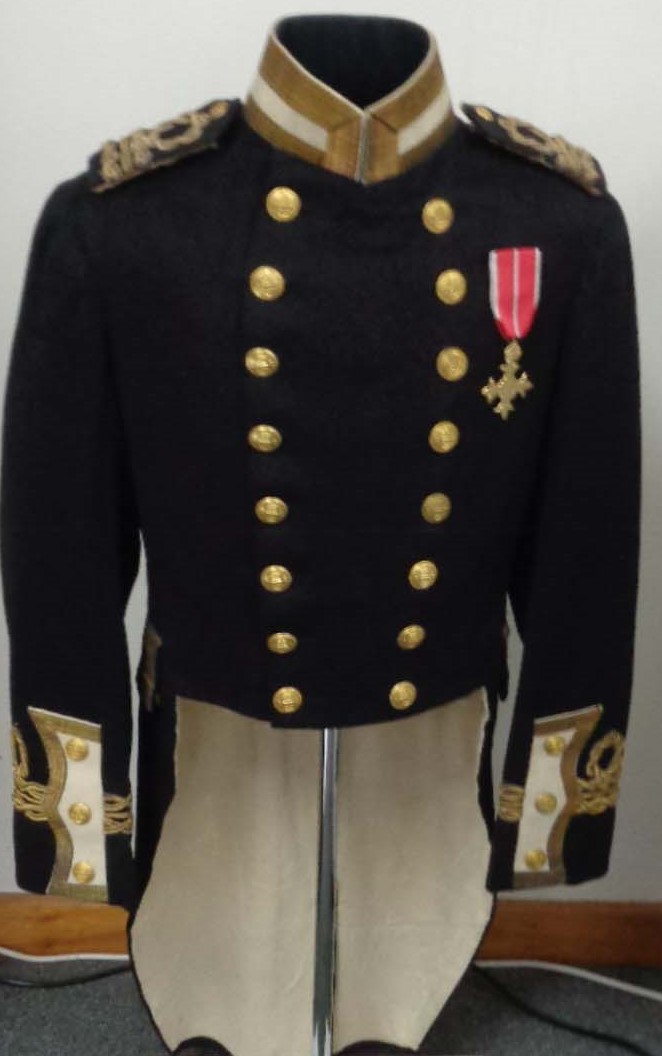Jean’s story continues about her experiences as a Volunary Aide at the Walker Hospital in 1919:
Much coming and going of masked and bewildering figures, among which a tall, straight, young doctor (a returned soldier named Percival Davenport) stood out clearly. He spoke to me curtly once and later unexpectedly apologized.
The house matron, Newman, a kind but fussy person, gave me a white skirt to unpick – then I went to tea – tripe with two tablespoons of Quinine – in a bare dining room with some weary nurses from the wards, then back to the shadowy hall to answer the telephone and scribble a note to my family between calls.
Once a man in a black mask and gloves came to enquire for “the keys of the mortuary, the death certificates and a tape measure to measure the bodies.” He was from Wood and Coffill, undertakers. It made things rather real.
And so to bed about 9:30pm.
By good luck I am in the same room as a girl, also called Jean, who I have known and liked for some time. She and I have the bedroom to ourselves and sleep at opposite ends. She took me for a brisk walk without our masks and then we had a tepid bath and went to bed. She slept instantly but I stayed awake for want of blankets and the ceaseless and rather terrifying noises in the wards below – chief of which was a terrible, screaming, rattling cough which I found later to be merely a child with whooping cough. I had a fear that I was developing a temperature and would be ignominiously exposed at early morning parade before I had done a stroke of work.
A brazen bell clanged from the tower in the half dark of a quarter to six. Tumbled out and found a chilly, weary crew on the balcony outside the bathrooms that looked over a dewy garden – “between long shadows on the grass”.
A tepid bath, a rapid dressing, and down to a temperature parade and a throat spraying with a sweet-bitter taste that effectively spoilt the morning tea.
Into the hall again, to dust and answer telephones till breakfast. After breakfast things became frantically busy – getting through messages on a crazy telephone, answering the bell at the end of the hall. White gowned, rubber gloved, masked and goggled figures appear suddenly behind the glass doors and I rang for the hall Aide – me not being allowed to cross the dividing line between “woggy” and clean. Their needs are various – “digitalin, pituitrin, strychnine, glycerine and borax from the dispensary; a razor and shaving soap for a convalescent; sandals for an orderly; rubber catheters; linen thread. The keys to the oxygen – then the Aide runs. It may be a matter of life and death – ring up for priests.
Another hall bell. Dulcie Little, a permanent, arriving back from leave. Also we answered Matron’s bell. Matron is a frail little thing with great courage – though lacks common sense as we found to our cost later.
Went occasional errands into the wards and had glimpses of men with unshaven faces against white pillows and began to be anxious as to how I should get on in the wards. An anxiety founded on the conversation of the Aides and nurses at meals, which was hardly pleasant.
Still on telephone duty, which has become very wearing. The constant whirring of the bell, preceded by a furiously swift bed-making of about fifteen beds.
At night prepared trays for the doctor, who is adored over here (in contrast to the wards as I found later) and Matron – delicate trays in tremendous contrast to the way food is hurled at the patients. Our food (the nurses) is good and plentiful, with much cream, but most unappetisingly served. However, we are petted and spoiled by the two little kitchen maids, Ivy and Myrtle, who are excruciatingly kind-hearted.
April 10: So far it’s all good. The precautions about entering the wards are infinite and incredibly minute. By the way, there are about 60 or 70 cases here, of which about 12 are serious and 12 dangerous. They are going to have about 100 patients altogether.
Every Aide you meet says , “Oh, are you a new Aide – thank goodness!” They are all very friendly and willing to do their best to help a new hand.
Doctor Davenport, who is briefly spoken, sharp-eyed, and decidedly kind, jerks out sentences like “Aide, you needn’t stand, sit down. Aide, you can save yourself by doing so and so,” which, considering the number of Sisters, Nurses and Aides flitting round, shows a capacity for detail that is rather remarkable.









Amazing stuff.
These letters deserve a wide audience. Good Weekend or Spectrum perhaps?